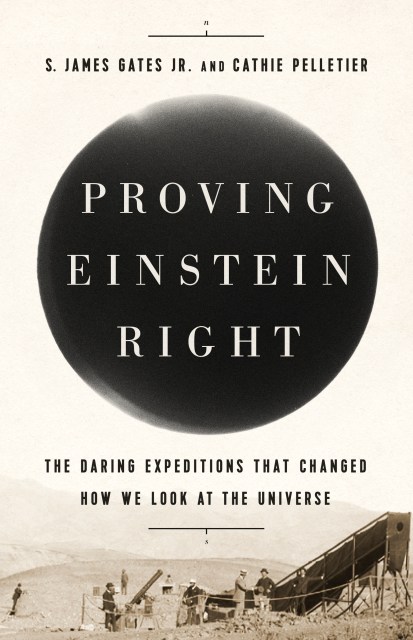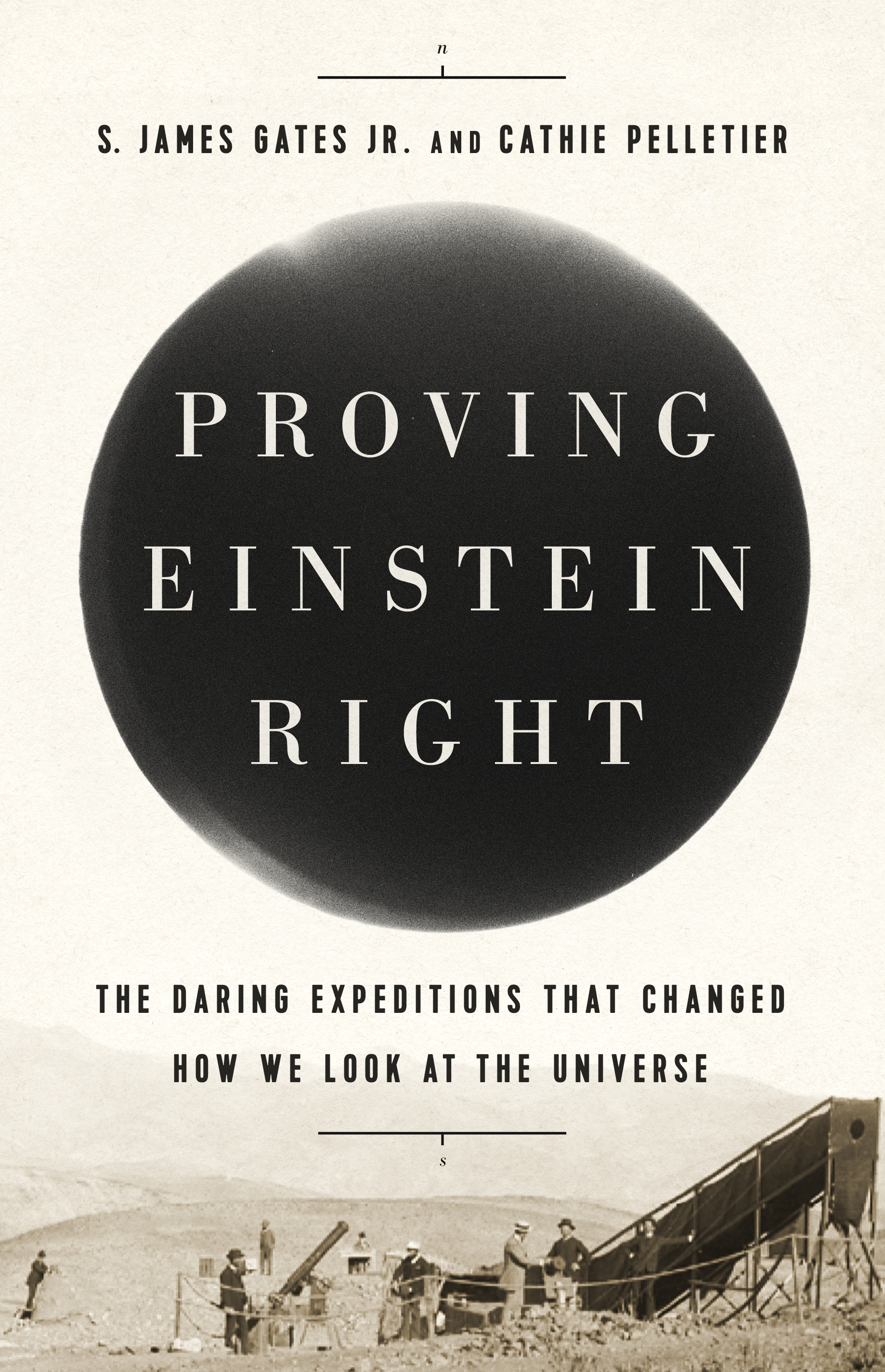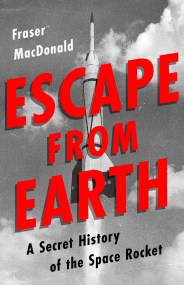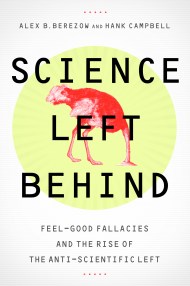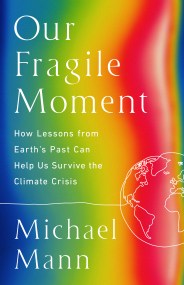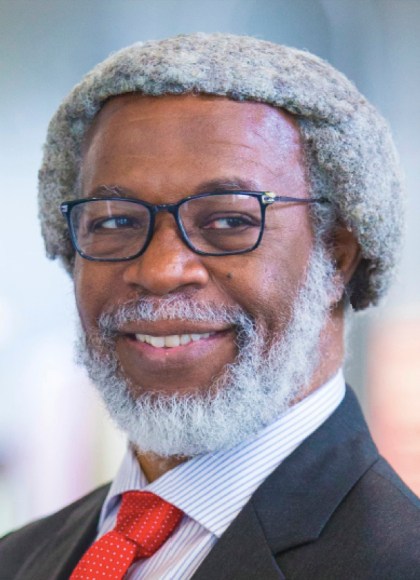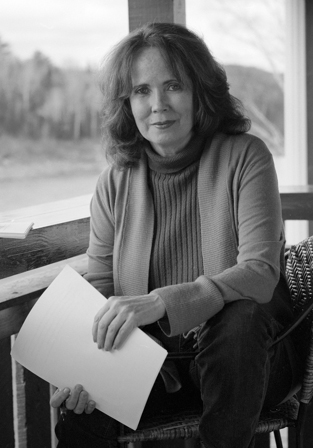Promotion
Use code MOM24 for 20% off site wide + free shipping over $45
Proving Einstein Right
The Daring Expeditions that Changed How We Look at the Universe
Contributors
Formats and Prices
Price
$30.00Price
$38.00 CADFormat
Format:
- Hardcover $30.00 $38.00 CAD
- ebook $16.99 $20.99 CAD
- Audiobook Download (Unabridged)
This item is a preorder. Your payment method will be charged immediately, and the product is expected to ship on or around September 24, 2019. This date is subject to change due to shipping delays beyond our control.
Also available from:
In 1911, a relatively unknown physicist named Albert Einstein published his preliminary theory of gravity. But it hadn’t been tested. To do that, he needed a photograph of starlight as it passed the sun during a total solar eclipse. So began a nearly decade-long quest by seven determined astronomers from observatories in four countries, who traveled the world during five eclipses to capture the elusive sight. Over the years, they faced thunderstorms, the ravages of a world war, lost equipment, and local superstitions. Finally, in May of 1919, British expeditions to northern Brazil and the island of Príncipe managed to photograph the stars, confirming Einstein’s theory.
At its heart, this is a story of frustration, faith, and ultimate victory–and of the scientists whose efforts helped build the framework for the big bang theory, catapulted Einstein to international fame, and shook the foundation of physics.
Genre:
- On Sale
- Sep 24, 2019
- Page Count
- 368 pages
- Publisher
- PublicAffairs
- ISBN-13
- 9781541762251
Newsletter Signup
By clicking ‘Sign Up,’ I acknowledge that I have read and agree to Hachette Book Group’s Privacy Policy and Terms of Use
